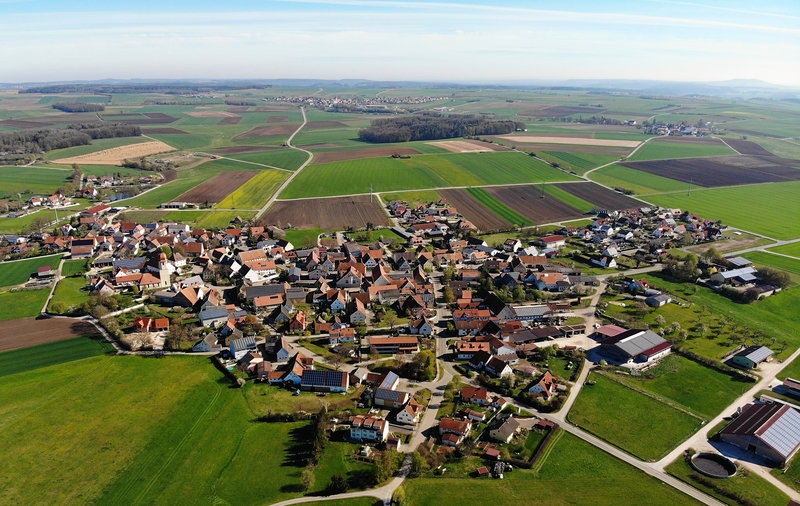In order to achieve the international and German climate protection goals, the transformation of the energy system is a task for society as a whole. Its implementation is associated with major challenges. At the same time, the protection of biodiversity, and thus nature and landscape concerns, must be taken into account both at the strategic level, for example in technology-specific funding and the spatial distribution of renewable energy in general, as well as their potential impacts on individual sites.
Against this background, two very differently oriented research projects were carried out to develop nature conservation-oriented scenarios for an energy supply based on 100 per cent renewable energies in 2050, and, in a series of workshops, on technical monitoring and shutdown systems for wind turbines to prevent bird collisions. The results have been published as BfN scripts.
BfN-Skipt 614 Specifying approaches for an environmentally compatible energy transition with regard to strategic parameters
Under the coordination of the Institute for Environmental Planning (IUP) of the University of Hannover, the research consortium investigated the future of an environmentally compatible, renewable energy supply for three years in the project "EE100-konkret". Based on the previous study "EE100", aspects such as spatial guiding lines electricity generation potentials, consequences for grids, storage, system costs and electricity production costs as well as transformation paths, scope for technology development and energy savings were specifically addressed and further developed. The results in BfN script 614 provide important approaches to and arguments to point the shape the course of the energy transformation under consideration of nature conservation and climate protection goals, especially with a view to the longer-term goals of the energy system transformation.
BfN script 610 Requirements for automated bird detection and shutdown systems for wind turbines
New technical detection and shutdown systems offer the potential to reduce significantly the impact of wind-turbines, i.e. the collision-risks for wind energy-sensitive birds, and therefore might reduce the number of sites which have to be ruled out during the permission process in accordance with species protection laws.
Prior to the eventual installation of automated bird detection systems at wind farms, it was necessary to clarify under which conditions these systems can be considered as both suitable and effective from a nature conversation standpoint. The results published in BfN script 610, which were compiled by the Competence Centre for Nature Conservation and Energy Transition (KNE), reflect the current state of knowledge. Regarding the approval of so-called anti-collision systems as compatible with the requirements of nature conversation and their subsequent integration, for example, into the guidelines of the federal states on wind energy and species protection, the BfN Skript specifies basic requirements and clarifies specific aspects for the introduction of technical systems into the permission process. Based on the report, a "Checklist for a qualified decision on the applicability of anti-collision systems" was published. The checklist can be used to clarify to which extent the effectiveness requirements in permits can be met at an individual site. It was also possible to identify basic aspects of the economic efficiency of event-related shutdowns for bird protection at wind turbines when anti-collision systems are installed.

